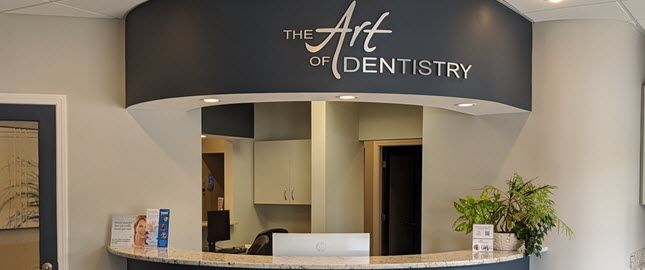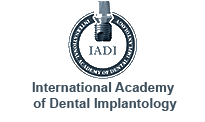






Achieving quality dentistry for life
Root Canal Treatment
The extensive preparation may be done in order to remove decay that has penetrated too close to the nerve. The extensive drilling may also be done to prepare the tooth for a crown (cap) or other large preparation for a restoration. The pulp may or may not abscess immediately in these cases. It may take many years for a problem to develop. The infected pulp tissue may or may not be painful. It may or may not be visible on a dental radiograph taken of the area. A tooth with this type of an abscess is not usually extracted because the infection can be removed by performing Endodontic Therapy on the tooth. This routine procedure can save your tooth and enable you to avoid the harmful effects of tooth loss. It is successful in over 90 percent of the teeth in which the treatment is completed.
This Endodontic Treatment (Root Canal Therapy) is usually performed in a series of appointments, usually two or perhaps three. It can sometimes be done in one appointment, but it may also take more than three appointments for a very difficult case. First, the abscessed nerve is removed from the root or roots. Teeth can have from one to four canals that need to be treated. Sometimes a medication is placed in the canal between appointments in order to promote better healing. The canals (where the nerves had been located) are cleaned and shaped. Finally, they are filled with a special rubber-like material and sealed with a cementing medium. The abscessed area associated with the tooth will then begin to heal. It may take several months before the healing is completed – it depends upon how much damage the abscess initially caused. It may also take several months for the tooth to become asymptomatic – that is, for any soreness in the area to disappear.
Once the endodontic treatment has been completed the tooth is usually restored with a crown. This is done to protect the tooth and prevent it from fracturing. If there is very little tooth structure remaining, we may also advise the use of a post and core (see Post Reinforcement For Weakened Teeth) to further help the tooth retain its final restoration. The exact type of restoration will be discussed with you at the time of your treatment.
Please note that because of the infection, you may experience some discomfort between root canal appointments. This is normal and usually not a cause for any concern. Contact the office if there is pain and/or swelling. Remember to avoid biting down upon the tooth until the root canal is completed and the final restoration has been placed. Even if you have had no discomfort from the tooth prior to the root canal treatment you may experience pain or swelling after the treatment is begun. This is unfortunate but it does happen.
If we have prescribed antibiotics for the abscess, be sure to fill the prescription and take it as directed until it is finished. It is important that you do this in order to quickly control the infection. If you do not take what is prescribed, the resolution of the abscess may be delayed and problems with post-operative pain are more likely.
If you have any questions about the root canal procedure or the final restoration of the tooth, please feel free to ask us.











